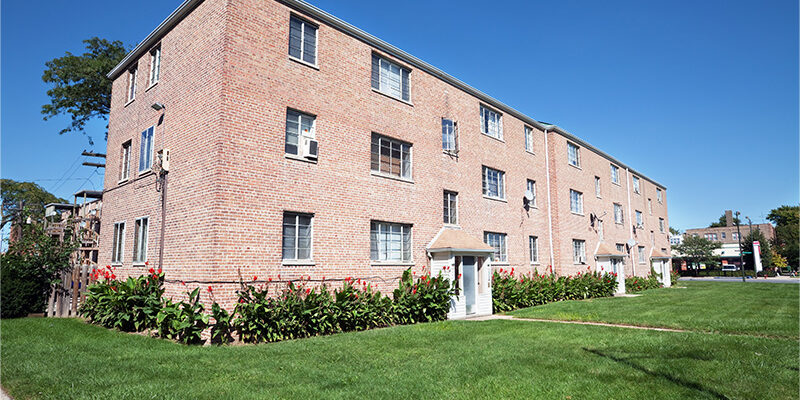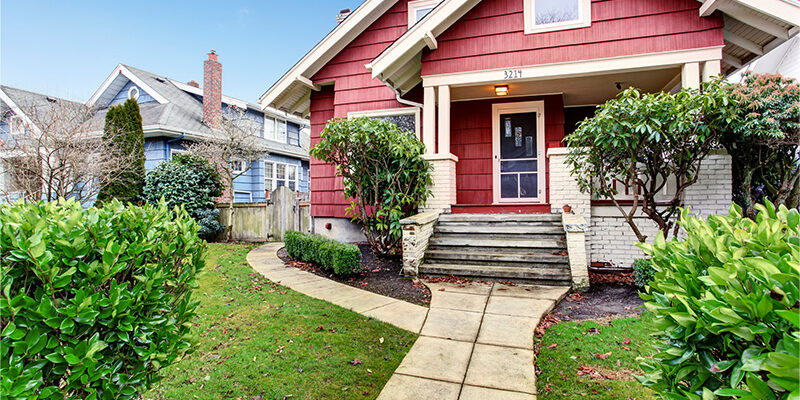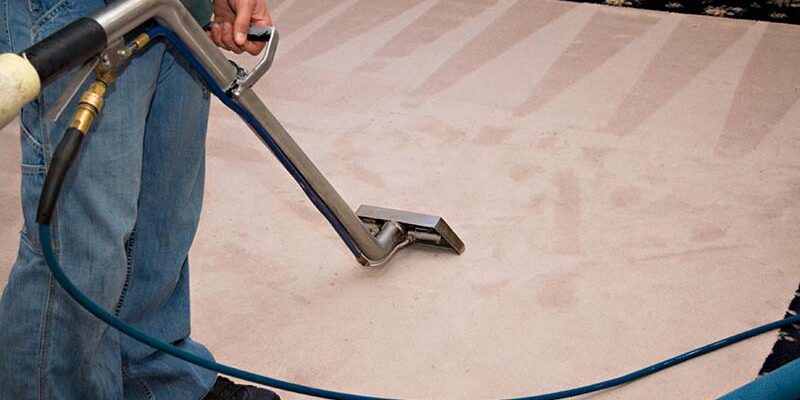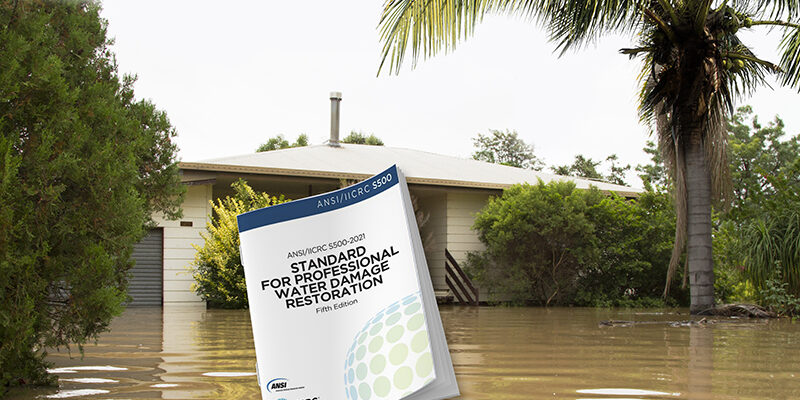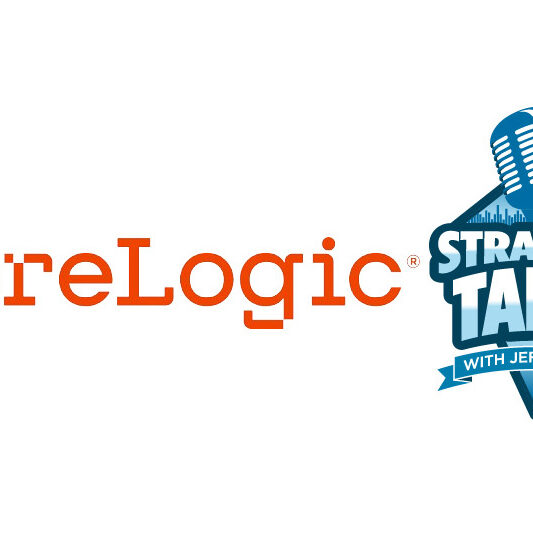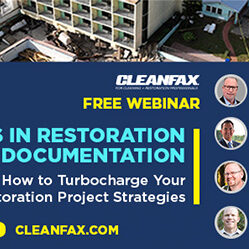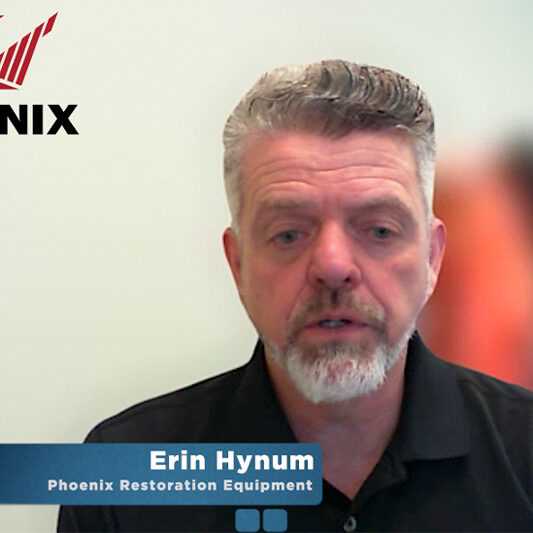Applying Botanical Solutions for Effective Disaster Remediation
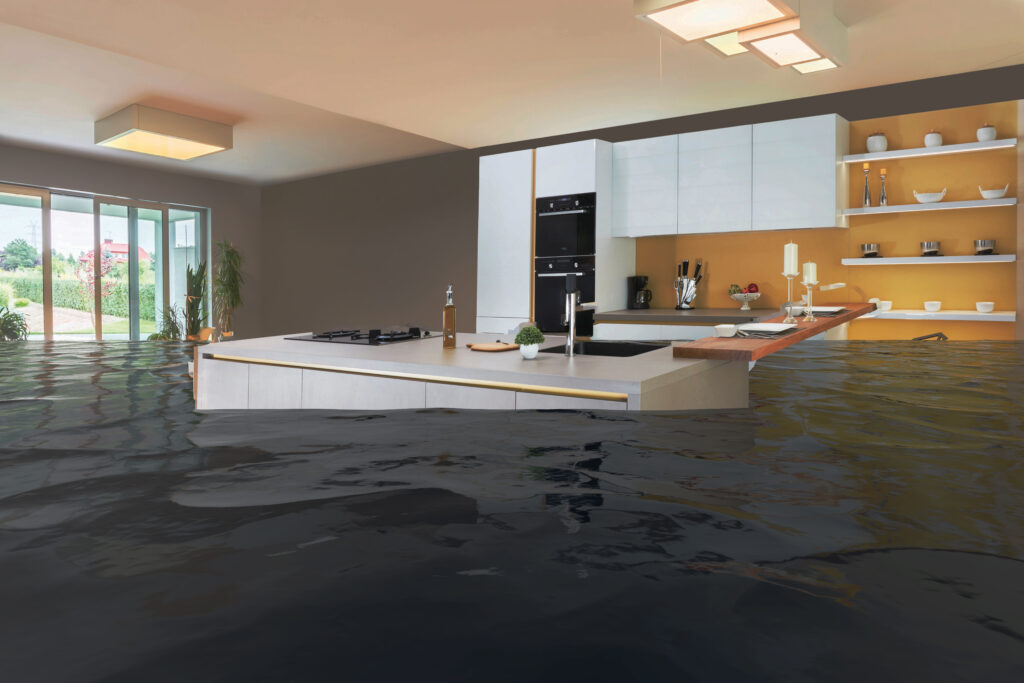
Water damage from major storms can have long-lasting negative impacts on every kind of space. Whether it’s commercial properties or residential homes, effective remediation is critical to maintaining the habitability of buildings after the storm has passed.
That leaves restoration and remediation professionals with a significant role to play in the wake of extreme weather. Proper water cleanup and mold prevention techniques are required to mitigate mold growth, contamination, and the associated health risks.
As extreme weather becomes more frequent, so does the demand for more environmentally friendly solutions. Consumers often seek greener, more sustainable options in almost every facet of today’s market, including storm remediation. Effective botanical-based cleaners and disinfectants can be powerful additions to professionals’ toolkits.
Success with these technologies depends on two things. First, professionals must be certain of the efficacy and authenticity of such botanical cleaners. Second, effective methods and best practices for water remediation jobs must be followed.
Evaluating Water Damage and Selecting Optimal Products
When it comes to interior water damage, water is typically classified into three categories. Category 1 water does not pose a significant threat and is typically considered “clean” water—it usually refers to water damage from a water supply line. Then there’s Category 2, or “grey” water, which carries microorganisms—toilet water, sump pump water, or discharge from dishwashers or washing machines.
Finally, Category 3, or “black” water, is considered extremely unsanitary and typically the kind of water damage dealt with during hurricane relief and remediation efforts. It includes water from sewage sources, seawater, or standing water. It is assumed to contain harmful bacteria and fungi that can cause serious threats to humans—things like West Nile virus, E. coli, Salmonella, tetanus and more can all be found in floodwaters. When in doubt, the Institute of Inspection, Cleaning, and Restoration Certification (IICRC) Standard of Care, which describes the procedures to be followed and the precautions to be taken when performing water damage restoration in residential, commercial, and institutional buildings, can be referenced.
For all these reasons, choosing the right cleaners, disinfectants, and mold-resistant coatings—whether botanical-based or otherwise—is essential to combating the potential harm caused by significant water damage to a home or occupancy. A few critical items to look for include:
- EPA registration. At a minimum, professionals should seek out disinfectants registered by the U.S. Environmental Protection Agency (EPA). EPA-registered products must include hospital disinfectant efficacy as well as general fungicide efficacy.
- Independent testing. ASTM has specific tests (ASTM D3273-16 and ASTM G21) for mold-resistant coatings that can help further guide you in your choice of products.
When it comes to botanical products, one should look out for some additional claims, too. Most cleaners and disinfectants marketed as “botanical” aren’t genuinely botanical and will often contain synthetics in their formulation. For remediation professionals looking to differentiate, seek out products that are authentically botanical, with active ingredients that come directly from plants and harness their natural antimicrobial properties to effectively disinfect surfaces.
The Benefits of Botanicals
Why choose botanicals? These products can bring a few unique benefits to any remediation job. A few of them include:
- Reduced toxicity exposure—For the contractor doing the cleanup work and for the occupant using a product that poses no health risks is very important. Both have already potentially been exposed to numerous pathogens, so why risk additional exposure to a chemical burden when it is not necessary. Authentically botanical disinfectants pose no risk if inhaled, ingested, or contacted skin or eyes. A simple way to verify if a product is authentically botanical is through the U.S. Department of Agriculture’s (USDA) BioPreferred Program. This program includes third-party lab testing of products to quantify how biobased (from a plant) a product is. Some botanical products are as low as 18% biobased, while others are 100%.
- Greater material compatibility—Traditional disinfectants have the potential to corrode metal fixtures and damage wood, paint, and other common building materials. Botanical-based products are typically less corrosive, making them ideal for repeated applications without harming surfaces, which is often necessary for extensive post-flood cleanups. An important consideration when applying disinfectants in an open space with exposed CPVC piping is whether that product is certified in the FBC Compatibility Program. This program tests products, such as disinfectants and coatings, to ensure they will not compromise CPVC material. Authentically botanical disinfectants (those that are certified at 100% biobased in the USDA Program) are certified in the Lubrizol FBC Compatible program.
An Effective Remediation Strategy: Clean. Kill. Coat.
Once you’ve selected the proper cleaning and disinfectant products, it’s important to follow effective methods to ensure that contamination threats have been eliminated and that the potential for mold regrowth has been mitigated. Once water has been removed from the impacted area and the impacted area has been appropriately dried, the process involves three steps: Clean. Kill. Coat.
Clean—In an interior that has experienced significant water or flood damage, flooring and ceiling panels can sometimes be salvaged by using the right cleaning product applicable to porous surfaces if completed within 48 to 72 hours. However, in the wake of an event like a major hurricane, such work isn’t commonly completed within that window of time, making it necessary to tear out the damaged drywall and start from scratch. Available hydrogen peroxide-based cleaners can aggressively target stains from porous, semiporous, and nonporous materials. Surfaces should then be dried before moving on to the next step.
Kill—Importantly, cleaning removes debris and stains from the surface but doesn’t kill any lingering mold or mildew spores. Step two involves treating the affected areas with the appropriate EPA-registered disinfectant to eliminate microbial contamination.
Lingering mold and mildew spores can cause health risks later down the line, even if surfaces appear free of stains after cleaning or if a nonregistered disinfectant product is used. For restoration and remediation professionals, it’s important to educate customers here. Professional products are a necessity.
Coat—Finally, after potential microbial threats have been eliminated, surfaces can be treated with an antimicrobial coating that inhibits mold growth. This final coating acts as a final layer of protection that offers homeowners and building occupants peace of mind long after the remediation job has been completed.
Armed with the knowledge on proper product selection as well as effective strategies to perform effective remediation work, professionals can successfully help homes and businesses return to normal following major storms, floods, or other events that can lead to severe water damage. When in doubt, consult with a trusted product supplier to select appropriate products for water remediation work and verify product performance.


